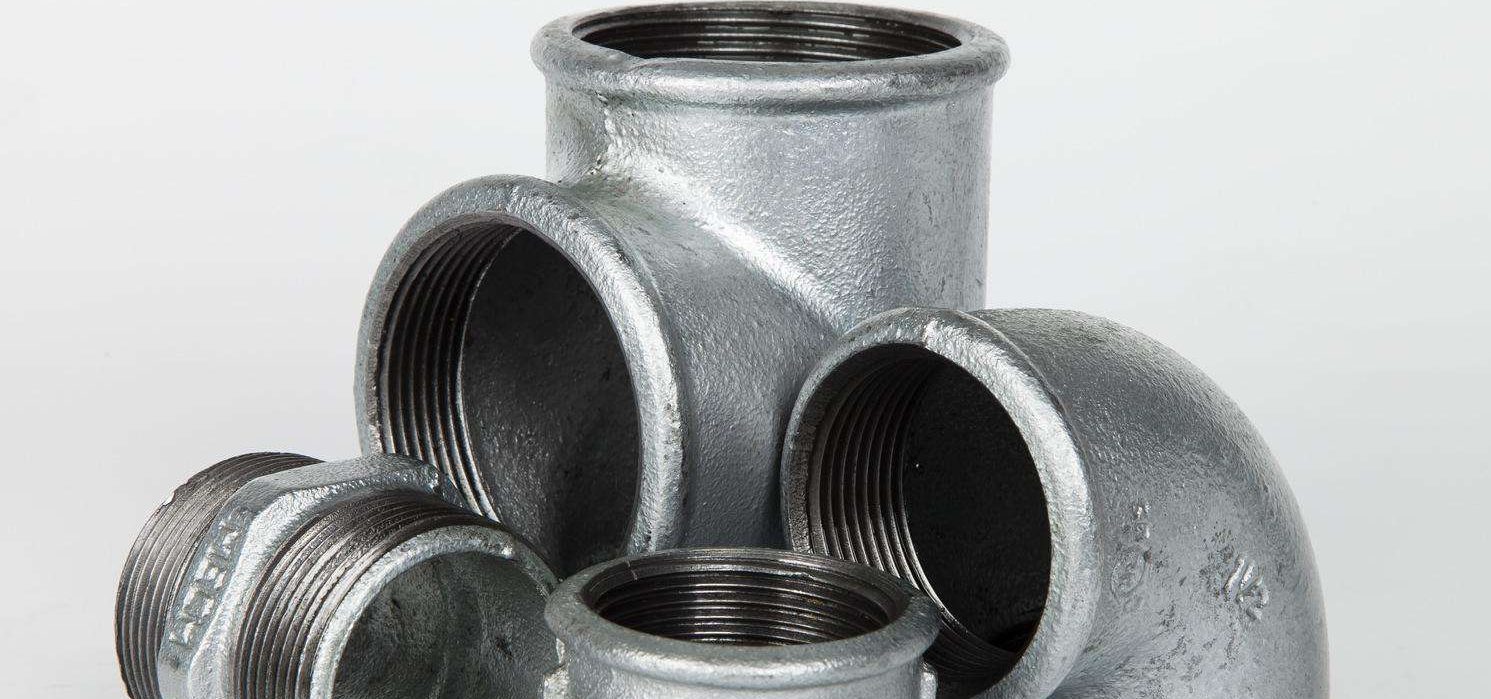A valve is a device used to control the direction, pressure, and flow of a fluid in a fluid system. It is a device that makes or stops the flow of media (liquid, gas, powder) in piping and equipment and controls its flow.
Valves are control components in pipeline fluid delivery systems
It is used to change the passage section and medium flow direction, and has the functions of diversion, cut-off, throttling, check, diversion or overflow and pressure relief. Valves used for fluid control range from the simplest shut-off valve to various valves used in extremely complex automatic control systems. Valves for industrial pipelines. It can be used to control the flow of various types of fluids such as water, steam, oil, gas, mud, various corrosive media, liquid metals and radioactive fluids. The working pressure of the valve can be from 0.0013MPa to 1000MPa ultra-high pressure, and the working temperature can be c-270°C ultra-low temperature to 1430°C high temperature.
The control of the valve can adopt a variety of transmission modes
Such as manual, electric, hydraulic, pneumatic, turbine, electromagnetic, electromagnetic hydraulic, electrohydraulic, pneumatic hydraulic, spur gear, bevel gear drive, etc.; under the action of pressure, temperature or other forms of sensor signals, Act according to the predetermined requirements, or simply open or close without relying on the sensor signal, the valve relies on the driving or automatic mechanism to make the opening and closing parts lift, slide, swing or turn, thereby changing the size of the flow channel to realize its control function.
